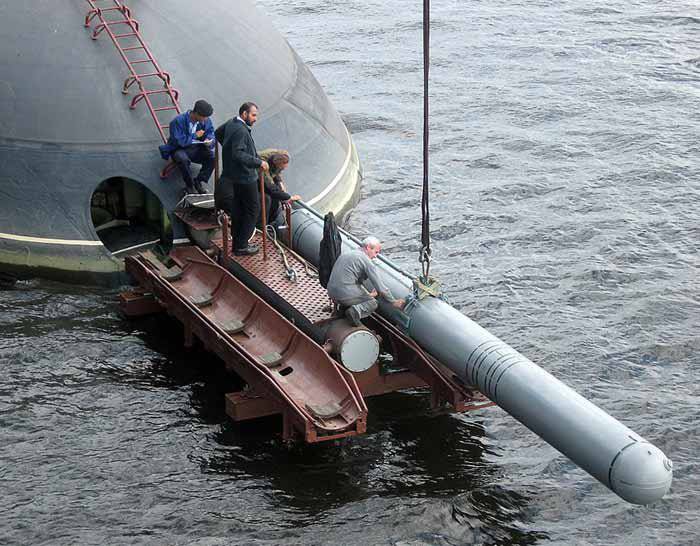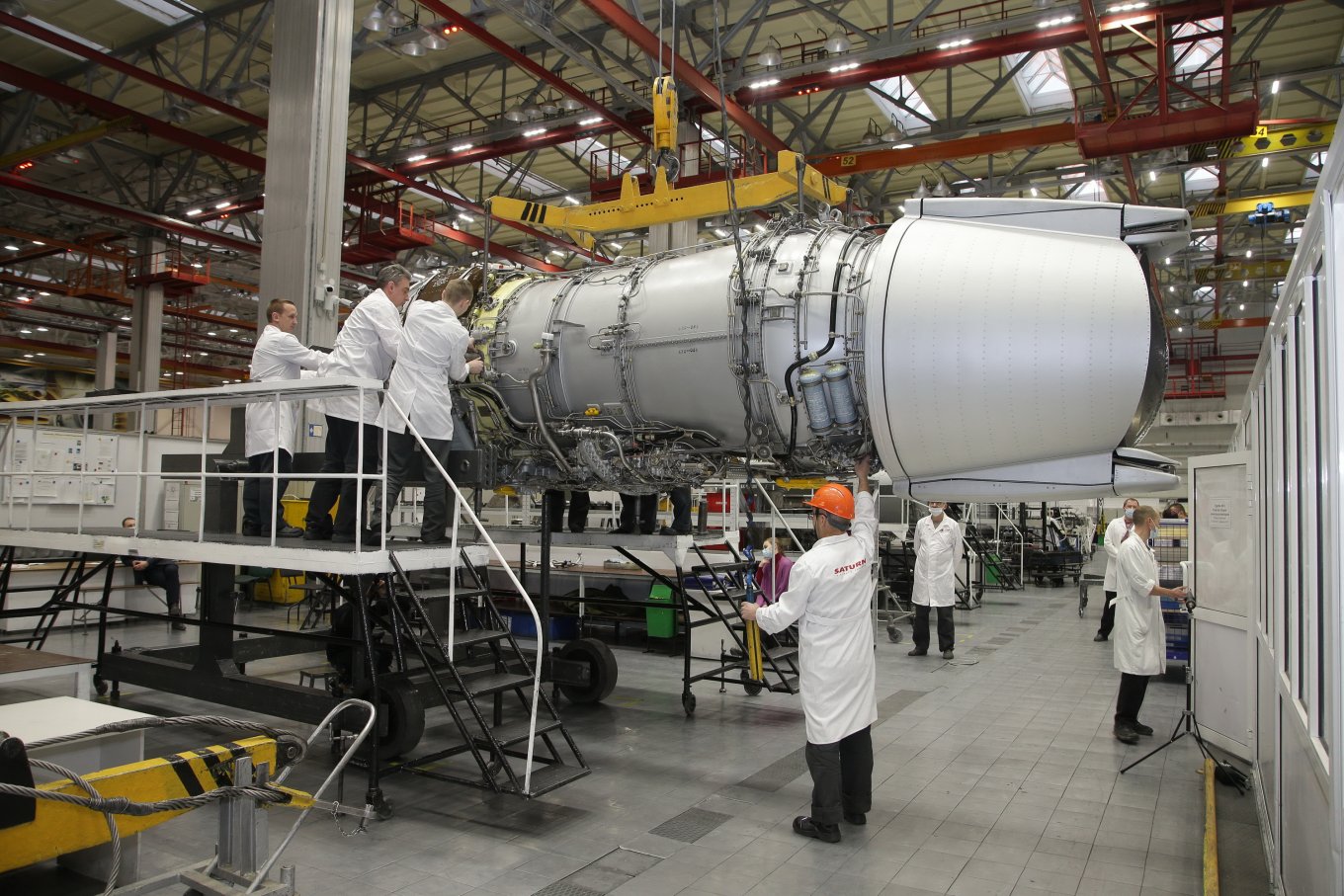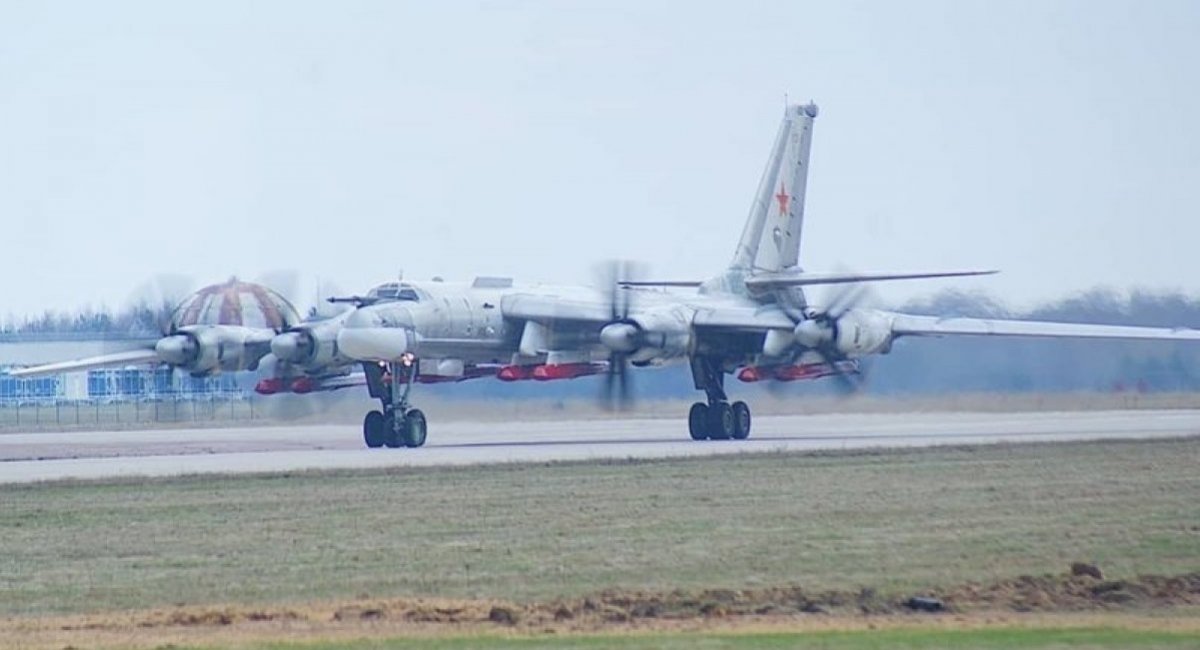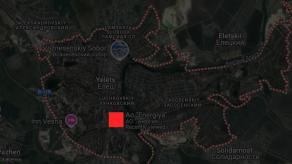The transfer of short-range ballistic missiles from iran to russia is now definitively confirmed. In addition to a report from the Pentagon directly accusing iran of supplying Fath-360 missiles, the governments of the United States and the United Kingdom have also announced sanctions against iran for providing missile weapons to russia.
A closer look at the U.S. Department of the Treasury’s sanctions package reveals a notable detail: sanctions have been imposed on the iranian design bureau Farzanegan Propulsion Systems for supplying russia with cruise missile engines.
Read more: ISW Reveals How and Why russia Will Use Iranian Ballistic Missiles

At first glance, the idea of iran providing russia with engines for cruise missiles might seem odd or even absurd. After all, why would Moscow need engines from Tehran when russia's own military industry produces similar systems?
However, this points to a potential production bottleneck in russia’s long-range cruise missile manufacturing. Surprisingly, this bottleneck may not be due to challenges associated with supplies of contraband foreign electronics, but rather in engine production.
Many russian subsonic cruise missiles rely on a single type of jet engine, the TRDD-50, produced by the ODK-Saturn company. Different modifications of this engine are used for various missile types: the TRDD-50A powers air-launched Kh-101 and Kh-555 cruise missiles, while the TRDD-50B is used in sea-launched Kalibr missiles.
Logically, the production rate of missiles like the Kh-101 and the 3M14 Kalibr, is directly tied to the availability of TRDD-50 engines. After all, without the engines, the missiles cannot fly.

There are no publicly available figures on how many TRDD-50 engines russia can produce each month or year. It’s also important to note that these engines are designed for a single-use flight — either until the missile hits its target or is shot down by Ukraine’s air defenses.
Given this potential bottleneck, it’s plausible that Moscow is seeking to exchange knowledge with iran on how to simplify and scale up mass production of jet engines for cruise missiles. This cooperation between the two regimes appears to have grown close enough to attract the attention of U.S. authorities, leading to the imposition of sanctions.
Whether this collaboration will significantly boost russia's ability to produce long-range cruise missiles remains uncertain. However, the mere fact that iran is transferring such technological know-how to russia is just as concerning as the delivery of ready-to-use Fath-360 ballistic missiles, given the potential to increase the frequency of missile strikes on Ukraine.
Read more: Iran Anticipates russian Su-35 Fighters After Supplying russia with Hundreds of Short-Range Ballistic Missiles














